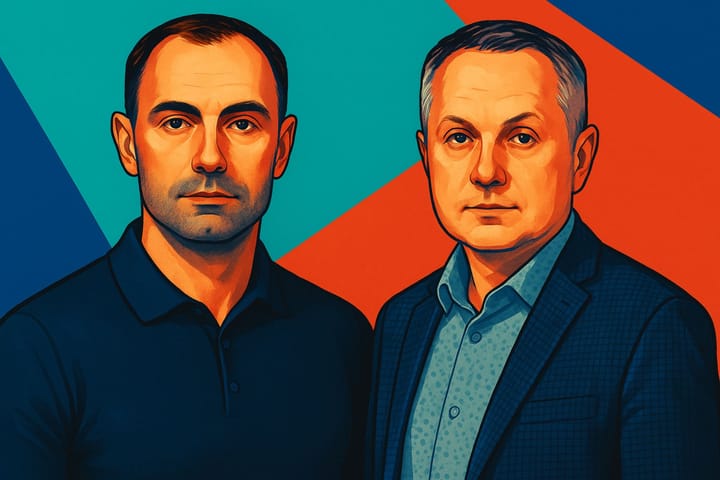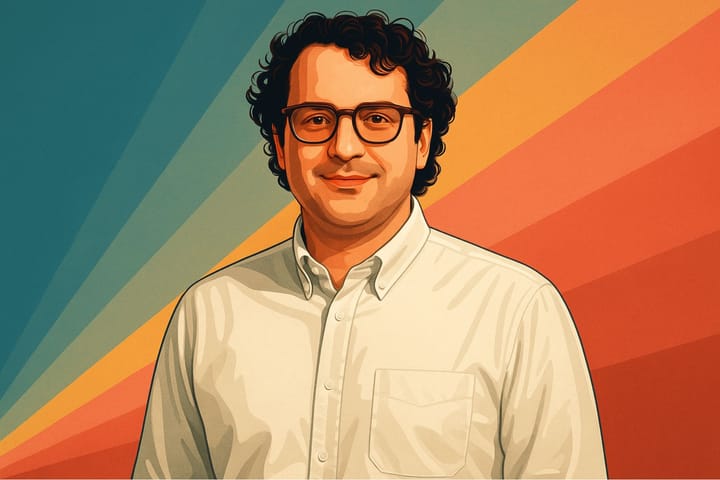Brave1 Launches ₴2.7B Grant Program for Ukraine's Defense Startups Developing AI, Missiles, Explosives, and Air Defense
Ukraine’s largest defense technology fund is accelerating its wartime innovation pipeline with grants up to ₴150 million for frontline-ready projects.

KYIV, Ukraine — 28 August 2025
Brave1, Ukraine’s state defense technology cluster, has launched a new round of grant support totaling ₴2.7 billion through year-end to speed the development and scaling of frontline technologies. The initiative was presented at “Decisive Innovations. Ukraine’s Next Steps in the Technological War,” an event featuring First Deputy Prime Minister and Minister of Digital Transformation Mykhailo Fedorov and Prime Minister Denys Shmyhal.
The centerpiece is a set of Brave Competitions offering up to ₴150 million for clearly specified projects in four areas: scaling domestic production of explosives (including nitrocellulose), artificial intelligence for autonomy and targeting, tactical ballistic missiles, and new surface-to-air missile systems against drones. The ministry’s announcement describes the missile track as a “Ukrainian HIMARS.” Applications close September 9, 2025.
Brave1 also overhauled its ongoing grant program. Applicants can now request awards at fixed levels of ₴500,000, ₴2 million, ₴4 million, or ₴8 million, depending on technology readiness, across 70 defined technology priorities developed with Ukraine’s security and defense forces. Review times have been cut to 1.5 months. A special program will provide up to ₴8 million for breakthrough ideas in AI — such as recognition, terminal guidance, GPS-independent navigation and automated decision-making — and in air- and ground-launched missiles.
Grant administration follows a structured process. Developers submit for terms review by Sept. 9, undergo a compliance check, and sign a non-disclosure agreement before supervisory board consideration and final decisions. The aim is to channel larger awards to systems that can reach the front quickly.
In announcing the program, Fedorov described artificial intelligence and missiles as breakthrough areas that can shift the war’s course. Shmyhal, in the official Brave1 announcement, emphasized that state support is enabling “hundreds of unique technological solutions and new types of weapons” with one goal — to defend Ukrainian soldiers.
Andrii Hrytseniuk, head of Brave1, said the cluster’s new priorities are designed to serve as a guide for developers. According to him, the goal is “not just to increase the number of innovative solutions capable of influencing the course of the war, but also to accelerate their appearance in the troops.”
The push builds on July’s launch of BraveTech EU, a €100 million Ukraine–EU initiative that connects Brave1’s pipeline with European instruments like the European Defence Fund and the EU Defence Innovation Scheme. As UTJ previously reported, the program is designed as an equal partnership, with €50 million from each side to accelerate joint development, testing and scale-up.
Two years after its creation, Brave1 has matured from a grant platform into what it describes as Ukraine’s largest “angel investor” for defense technology. The cluster has issued more than 600 grants worth over ₴2.2 billion, supporting more than 4,600 projects from 2,100 developers. Beyond funding, Brave1 now provides expertise, testing, NATO codification, and support for integrating new technologies directly into frontline units.
More than three years into the full-scale invasion that began on Feb. 24, 2022, the new competitions formalize the urgency of Ukraine’s innovation cycle with bigger checks, tighter specifications and faster reviews.




